Spray Foam Vs Foam Board
Spray foam vs foam board. Both two-component spray foam and rigid foam are useful for improving home energy performance. Spray foam insulation has quickly become a favorite among homeowners due to its efficiency by. Both two-component spray foam and rigid foam are useful for improving home energy performance.
Spray foam and rigid foam foam board are two of the main types of foam insulation. More specifically we can compare the closed-cell spray foam that requires two components to be mixed at the application nozzle and the rigid foam insulation boards that come in different thicknesses. Rigid foam is typically used in new construction projects rather than existing homes in.
Open-cell spray foam costs 025 to 050 per board foot and closed-cell spray foam costs 090 to 150 per board foot. If you go that route you can choose to purchase foil-faced rigid foam -- either foil-faced EPS or foil-faced polyiso -- for the slight boost in R-value associated with the radiant barrier facing. On the other hand the difference is Spray foam Insulation prevents all of that happening outdating all the traditional methods.
Spray Foam Installation Method Material. Spray foam is the superior choice for your insulation installation. More specifically we can compare the closed-cell spray foam that requires two components to be mixed at the application nozzle and the rigid foam insulation boards that come in different thicknesses.
Spray foam also stays in place because it adheres to the structure. The material is Class One. When properly applied spray foam adheres to the surfaces where it is sprayed filling any gaps and providing more complete coverage.
Spray foam insulation doesnt retain water so any moisture near the rim joist wouldnt promote mold or mildew growth in the area. Spray foam insulation maximises energy efficiency. One option to consider is to include a layer of rigid foam in your assembly.
Rigid foam insulation can be made of polystyrene while spray foam is often made of polyurethane or polyisocyanurate. Spray foam is mold and mildew resistant.
Spray foam is mold and mildew resistant.
The material is Class One. Spray foam insulation doesnt retain water so any moisture near the rim joist wouldnt promote mold or mildew growth in the area. Spray foam and rigid foam foam board are two of the main types of foam insulation. Spray Foam Insulation Foam Board Insulation. Fibreglass insulation allows air very slowly to pass through the small gaps which can create heat loss in the property increasing your energy prices. Spray foam insulation maximises energy efficiency. Both two-component spray foam and rigid foam are useful for improving home energy performance. In terms of installation spray foam is applied wet and expands into thick foam. One option to consider is to include a layer of rigid foam in your assembly.
Rigid foam insulation can be made of polystyrene while spray foam is often made of polyurethane or polyisocyanurate. Certain brands of spray foam. However after costing my contractor has come back and said that theres a lot of extra work and material in the rigid foam solution with sheathing both above and below it and that a closed cell spray foam approach would be approx. Closed-Cell Spray Foam Insulation vs. Installation Method Material. Spray foam creates an air seal that will prevent outside air from getting in thus reducing drafts near the floorboard. Spray foam insulation has quickly become a favorite among homeowners due to its efficiency by.

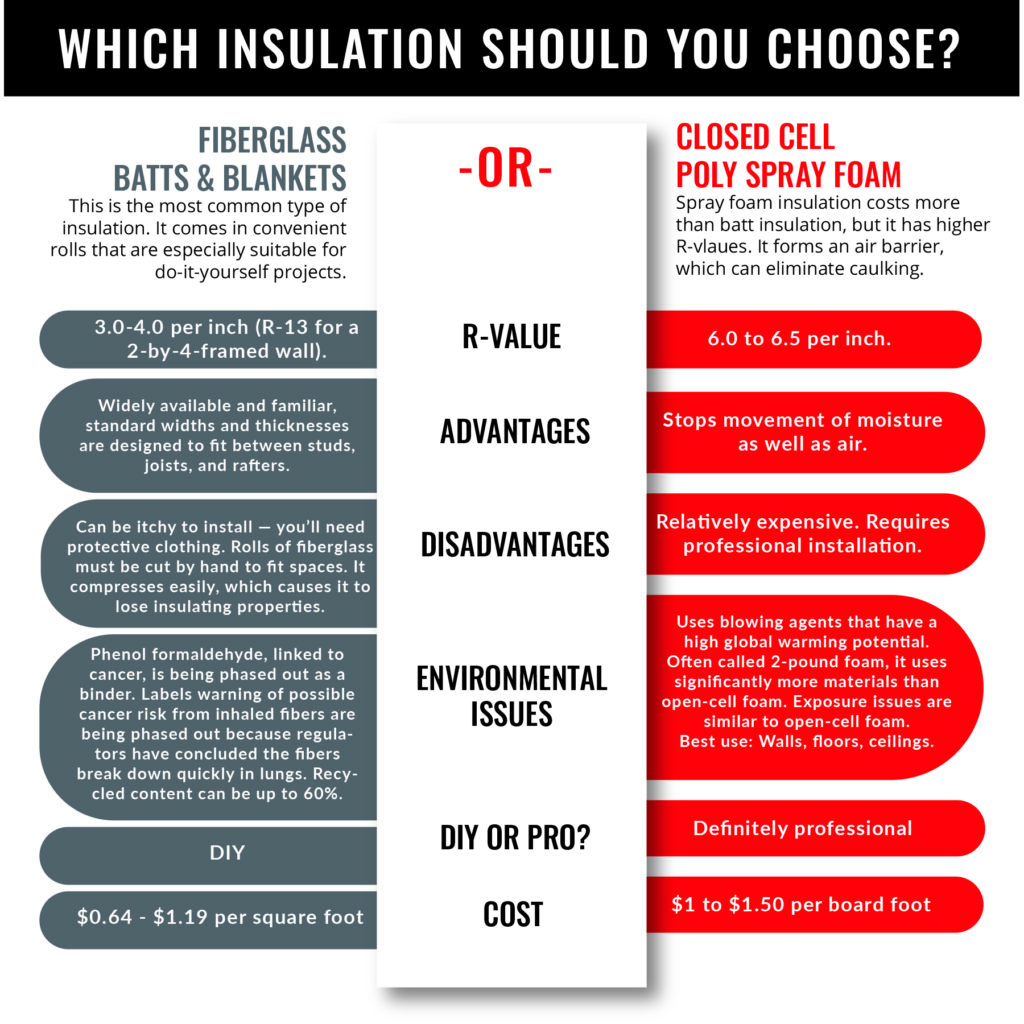

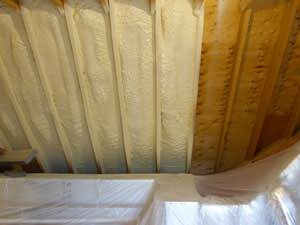
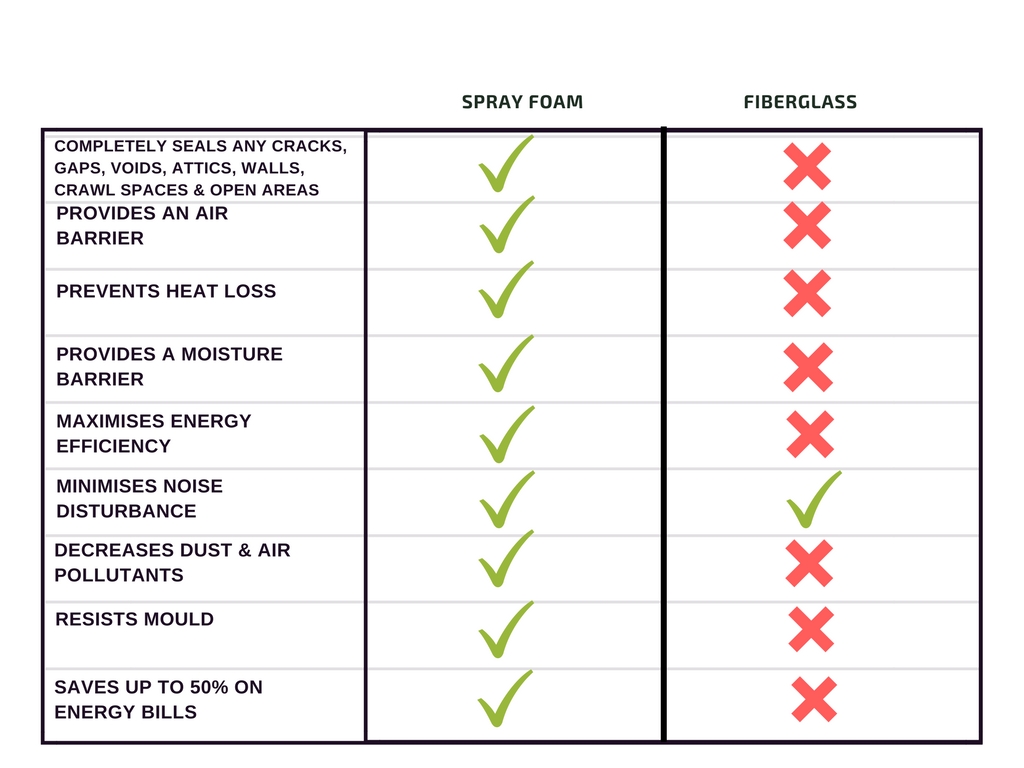
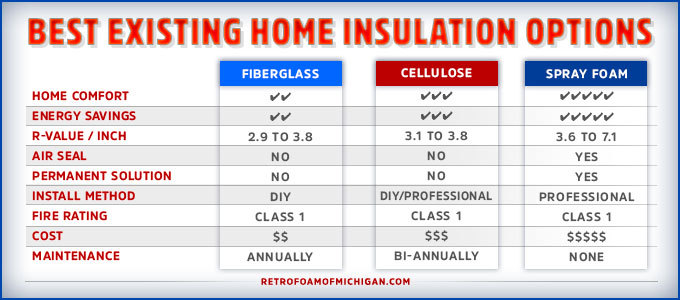

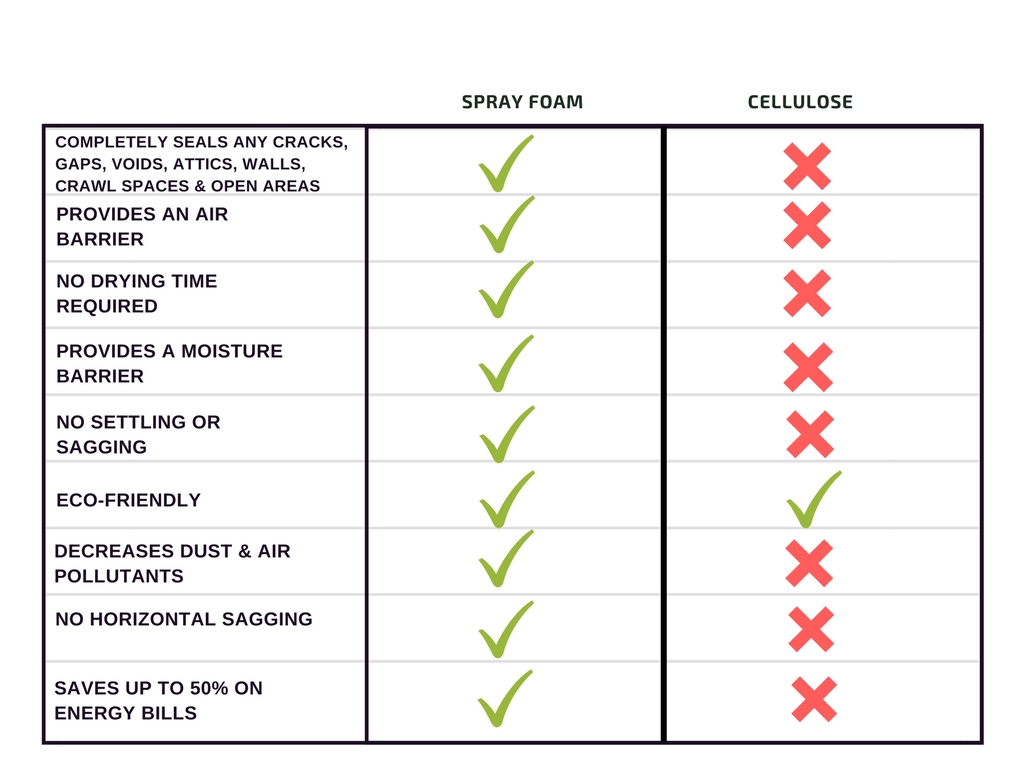
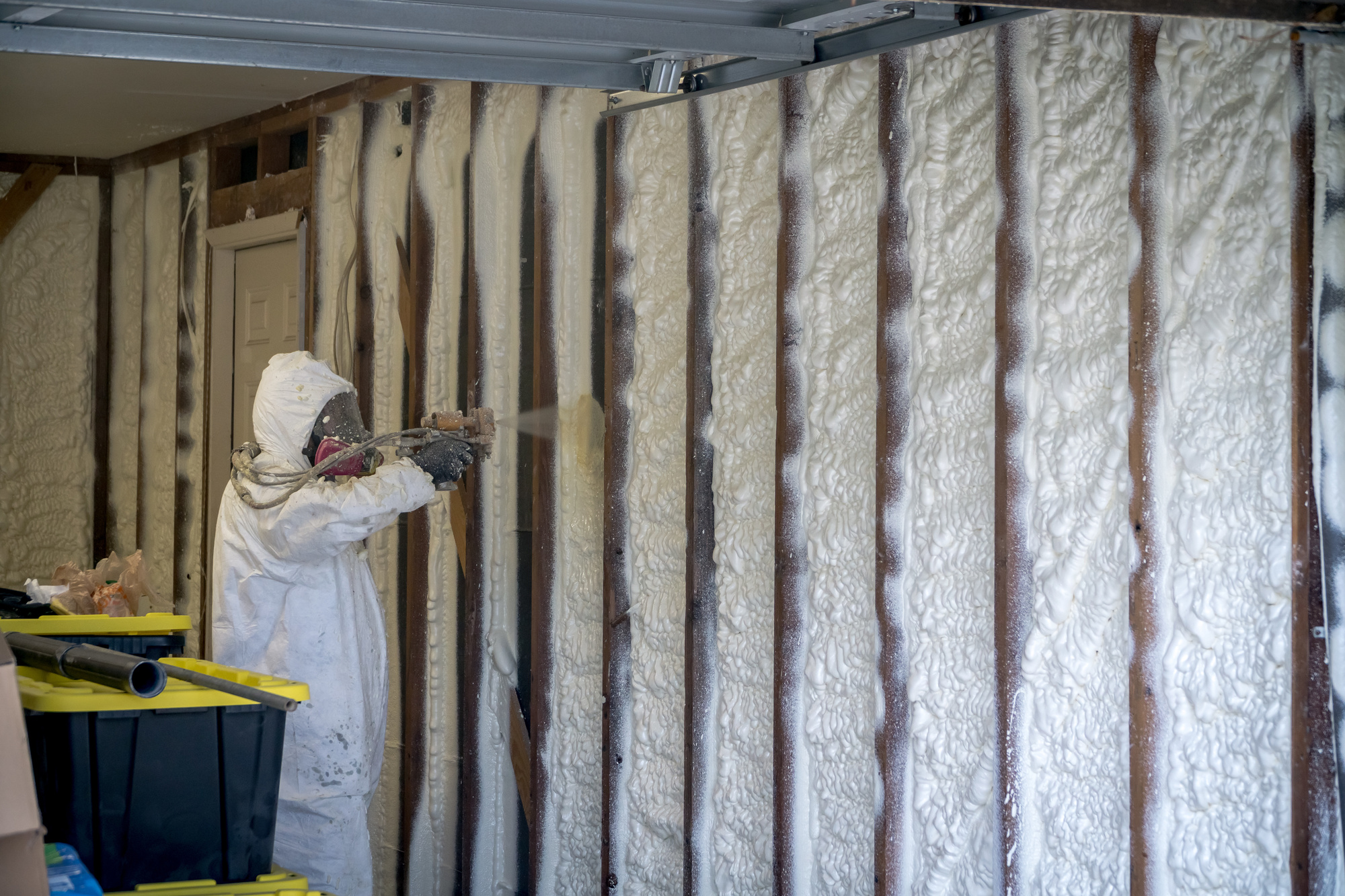









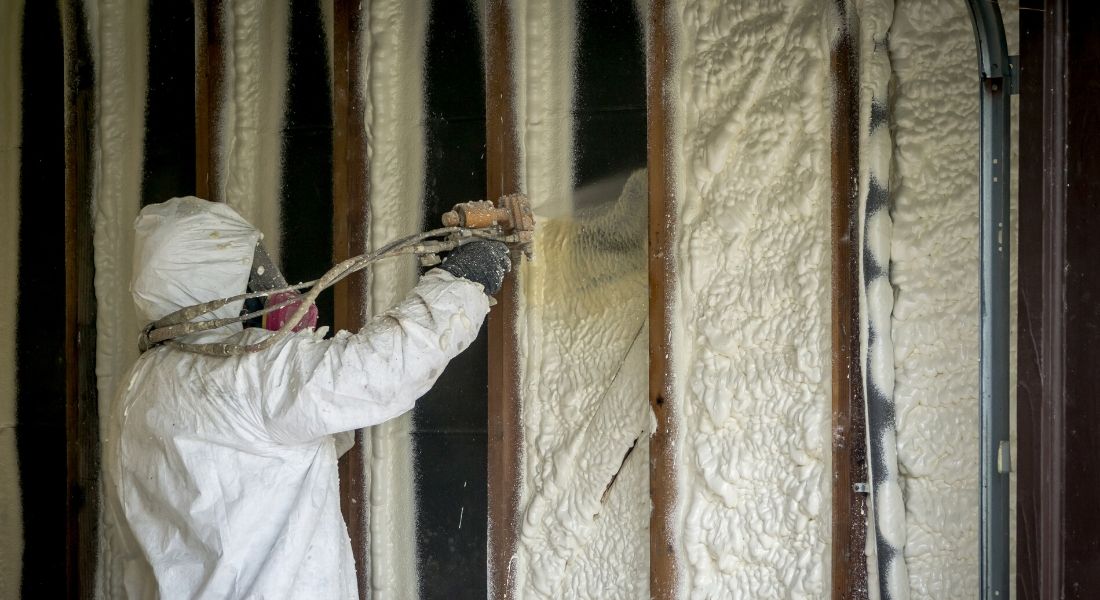






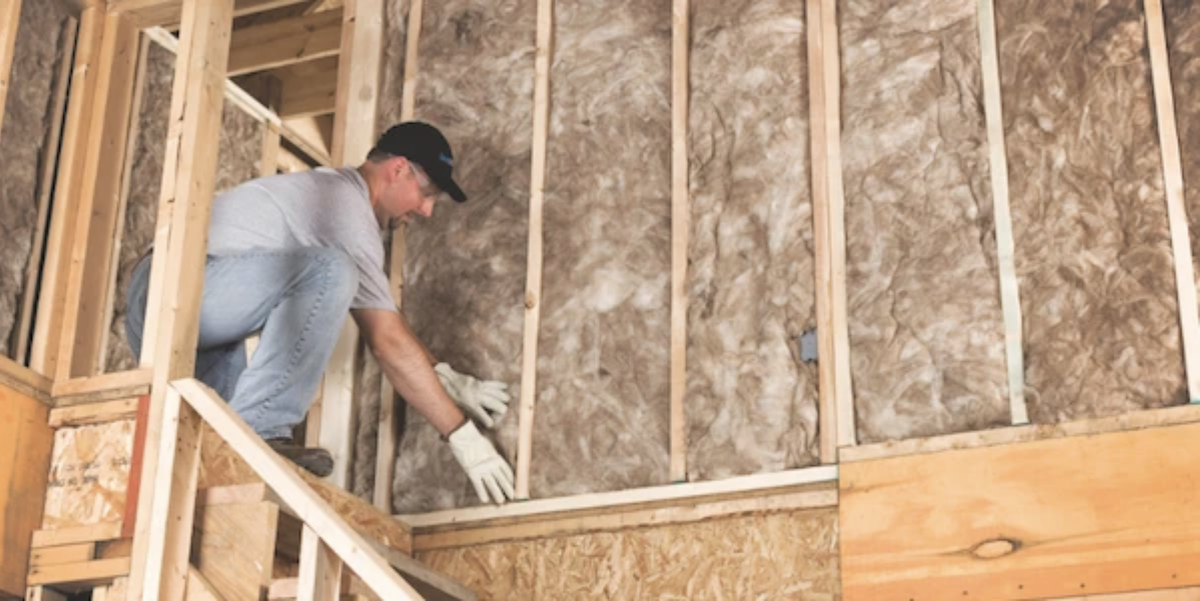
/InstallingRigidFoamInsulation-186469957-56be24e93df78c0b1389ac68.jpg)









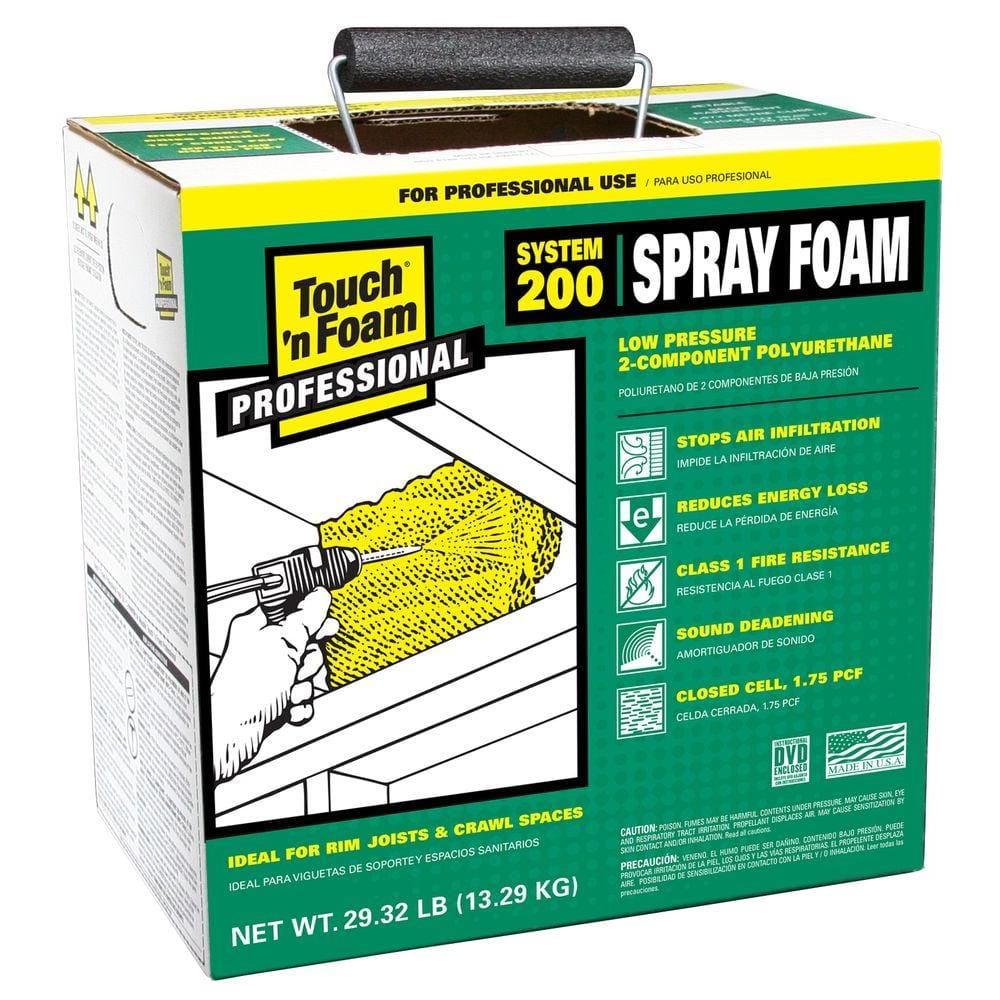
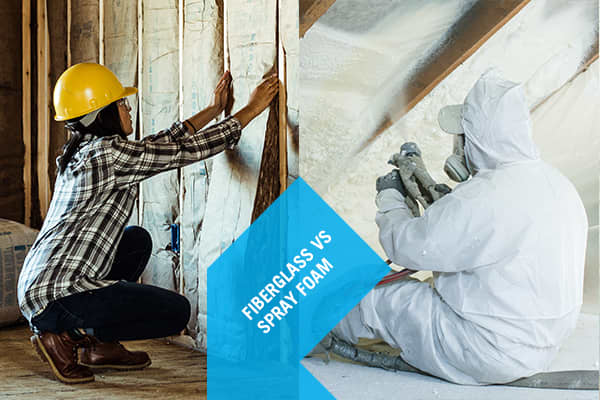
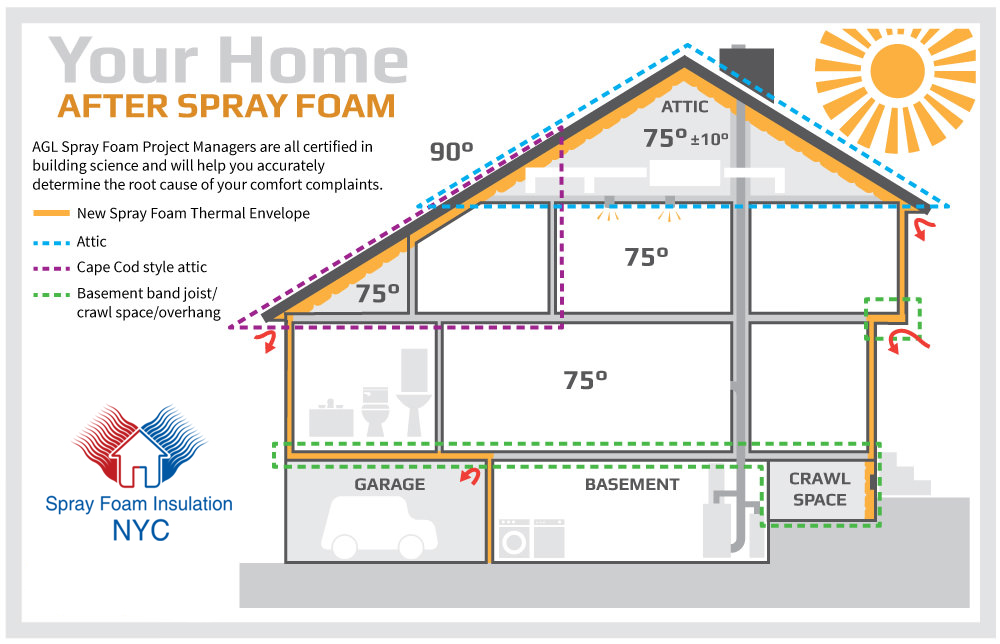


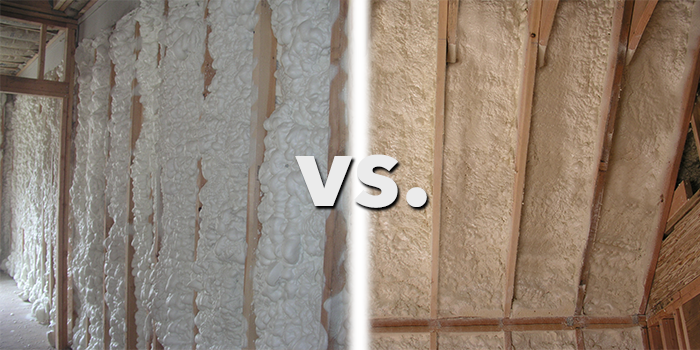
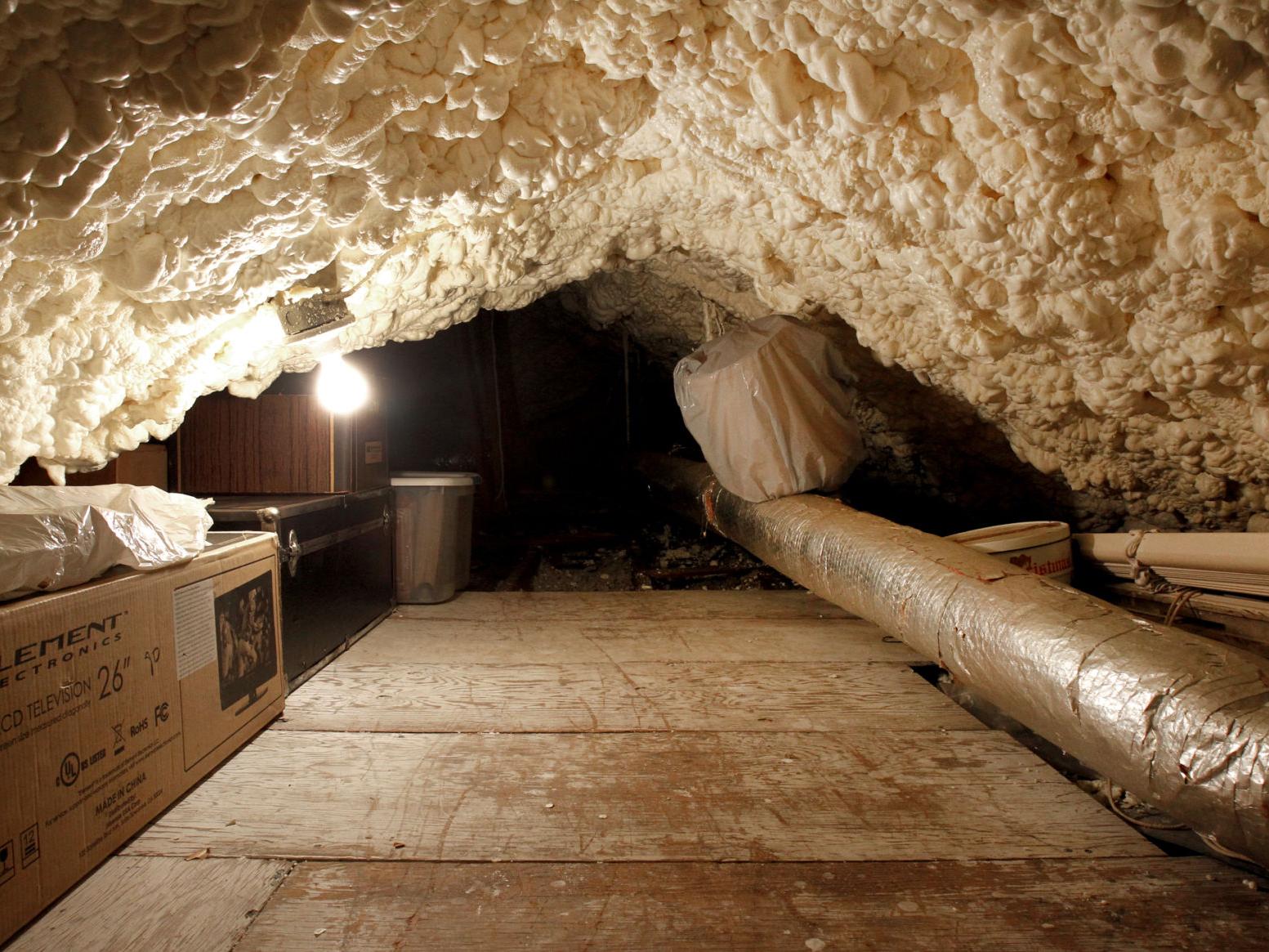
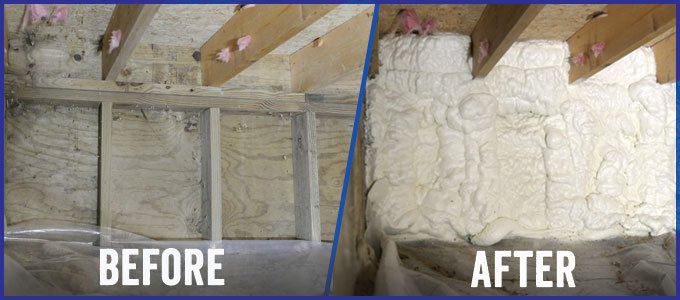

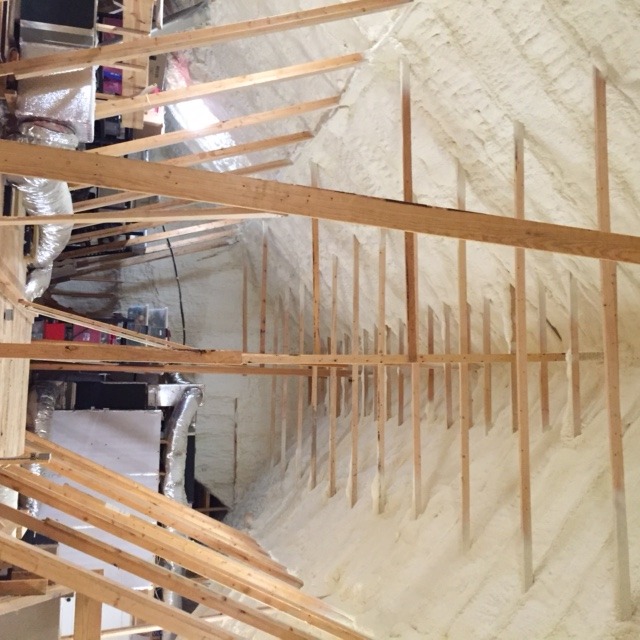
Post a Comment for "Spray Foam Vs Foam Board"